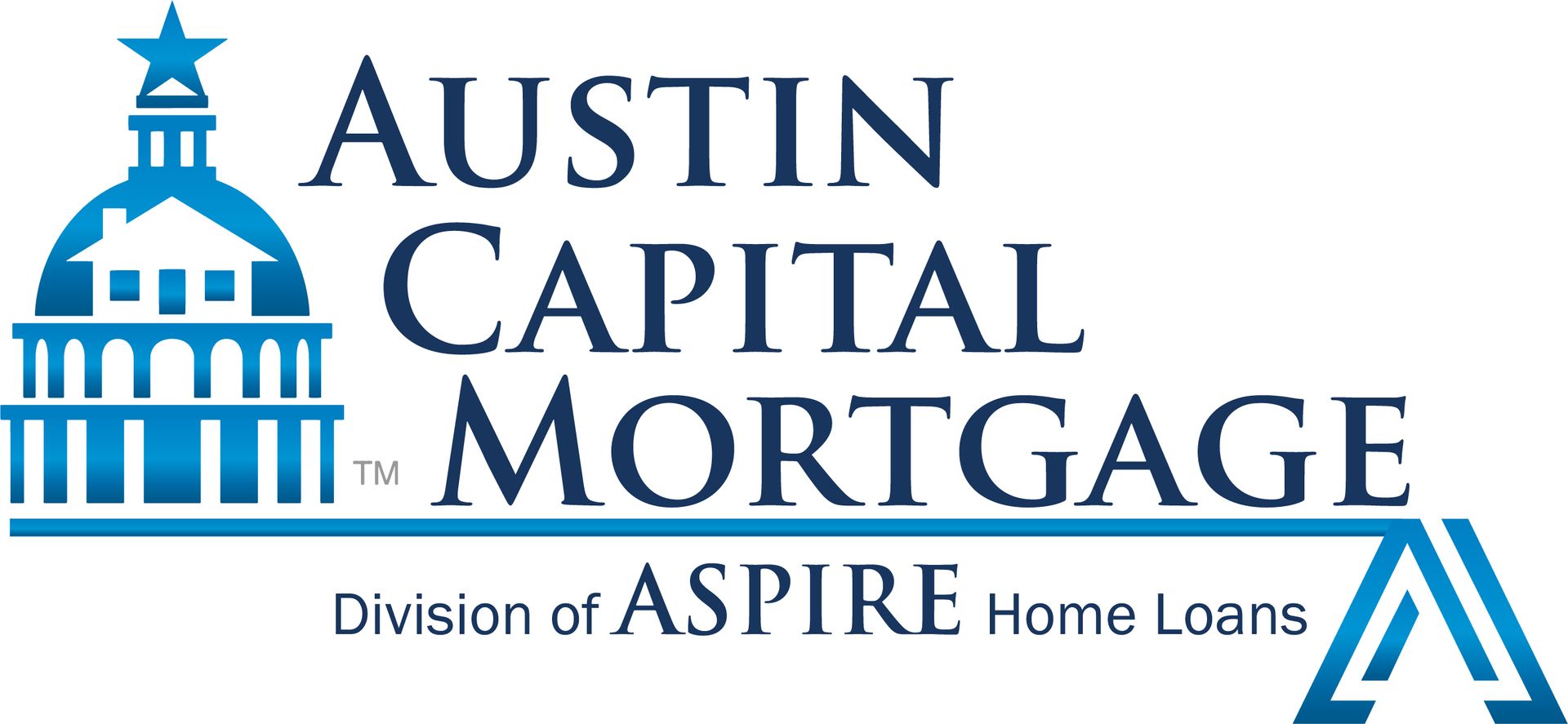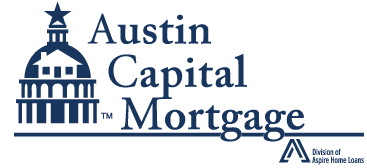Mortgage fraud is a serious financial crime that can lead to devastating consequences for borrowers, lenders, and the housing market. According to the Federal Bureau of Investigation (FBI), mortgage fraud involves material misrepresentation or omission relied upon by lenders to fund or insure a loan. With the increasing complexity of mortgage transactions, fraudsters have developed sophisticated schemes to exploit vulnerabilities in the system.
At Austin Capital Mortgage, we have seen firsthand how scams can derail homeownership dreams.
This guide will help you understand what mortgage fraud is, common types of mortgage scams, how fraud is detected, and steps to protect yourself.
What Is Mortgage Fraud?
Mortgage fraud occurs when someone intentionally provides false information to secure a mortgage loan or profit from the lending process. It can be committed by borrowers, lenders, real estate agents, or other parties involved in the transaction.
Types of Mortgage Fraud
Mortgage fraud can be categorized into two main types:
- Fraud for Profit: Typically committed by industry professionals (e.g., lenders, brokers, appraisers) who manipulate loan processes to steal money.
- Fraud for Housing: Committed by borrowers who misrepresent their financial situation to qualify for a loan they wouldn’t otherwise get.
Common Mortgage Scams and Fraud Schemes
1. Income Fraud
One of the most common forms of mortgage loan fraud involves falsifying income documents. Borrowers may submit fake pay stubs, tax returns, or employer verifications to inflate their earnings.
Example: A borrower claims a $100,000 salary but only earns $50,000.
2. Appraisal Fraud
This occurs when a property’s value is intentionally misrepresented. Fraudulent appraisers may inflate a home’s worth to justify a larger loan amount.
Example: A home worth $300,000 is appraised at $500,000 to secure excessive financing.
3. Straw Buyer Scams
A straw buyer is someone who applies for a mortgage on behalf of another person who wouldn’t qualify. The real buyer then takes over the property while the straw buyer disappears, often defaulting on the loan.
4. Identity Theft in Mortgage Fraud
Scammers use stolen identities to apply for mortgages, leaving victims with ruined credit and legal troubles.
5. Foreclosure Rescue Scams
Fraudsters target distressed homeowners, offering fake mortgage protection plans or loan modifications in exchange for upfront fees - then disappear without providing services.
6. Illegal Flipping Schemes
A property is purchased, given a fraudulent appraisal, and quickly resold at an inflated price to an unsuspecting buyer or lender.
7. Mortgage Insurance Fraud
Some borrowers or lenders falsify claims to receive mortgage insurance payouts, such as falsely stating a borrower’s death or disability.
How Mortgage Fraud Is Detected
Detecting mortgage fraud requires vigilance from lenders, regulators, and borrowers.
Here’s how it’s typically uncovered:
1. Automated Underwriting Systems (AUS)
Lenders use AI-powered systems to flag inconsistencies in applications, such as mismatched income or employment details.
2. Red Flags in Documentation
- Inconsistent signatures
- Altered bank statements
- Unverifiable employer information
3. Whistleblower Reports
Employees or insiders may report suspicious activities within mortgage companies.
4. Regulatory Audits
Government agencies like the FBI, CFPB (Consumer Financial Protection Bureau), and HUD investigate fraudulent lending practices.
5. Data Analytics
Banks use advanced analytics to detect patterns, such as multiple loans under the same Social Security number.
How to Protect Yourself from Mortgage Scams?
1. Work with a Reputable Lender
- Choose a licensed mortgage lender with a strong reputation.
- Verify credentials through the NMLS (Nationwide Multistate Licensing System).
- Read online reviews and ask for referrals from trusted sources.
2. Never Share Personal Information with Unknown Parties
- Be cautious of unsolicited calls or emails requesting sensitive data.
- Only provide financial details to verified professionals.
3. Watch Out for "Too Good to Be True" Offers
- Be suspicious of extremely low interest rates or guaranteed approvals.
- Legitimate lenders follow strict underwriting guidelines.
4. Avoid Paying Upfront Fees
- Mortgage scams often demand application fees or credit report charges before approval.
- Legitimate fees are typically due at closing, not upfront.
5. Do Your Research
- Check the Better Business Bureau (BBB) for complaints.
- Verify lender credibility with state regulatory agencies.
6. Read All Documents Carefully
- Ensure loan terms match what you agreed to.
- Watch for hidden fees or adjustable-rate traps.
7. Report Suspicious Activity
If you suspect mortgage fraud, report it to:
- Federal Trade Commission (FTC)
- State Attorney General’s Office
- FBI’s Internet Crime Complaint Center (IC3)
What to Do If You’re a Victim of Mortgage Fraud
- Contact Your Lender: Immediate action can prevent further damage.
- File a Police Report: Essential for disputing fraudulent loans.
- Consult a Mortgage Fraud Lawyer: Legal experts can help resolve disputes.
- Freeze Your Credit: Prevents additional fraudulent applications.
Frequently Asked Questions (FAQs)
Q: What is considered mortgage fraud?
A: Any intentional misrepresentation (e.g., fake income, inflated appraisals) to secure a loan.
Q: How can I detect mortgage fraud?
A: Look for inconsistencies in documents, pressure to sign quickly, or requests for upfront payments.
Q: How do I report mortgage fraud?
A: Contact the FTC, CFPB, or FBI’s IC3 with evidence of the scam.
Q: What are common mortgage scams?
A: Foreclosure rescue scams, straw buyer fraud, and illegal flipping are among the most prevalent.
Q: Can mortgage fraud lead to criminal charges?
A: Yes, perpetrators face fines, restitution, and imprisonment under federal law.
Why Choose Austin Capital Mortgage?
At Austin Capital Mortgage, we prioritize transparency and ethical lending practices.
As a trusted mortgage company, we:
- Offer competitive rates with no hidden fees.
- Provide clear, honest communication throughout the loan process.
- Are fully licensed and compliant with all state and federal regulations.
Don’t fall victim to mortgage loan scams, partner with a lender you can trust.
Contact Austin Capital Mortgage today for a secure, stress-free home financing experience.



